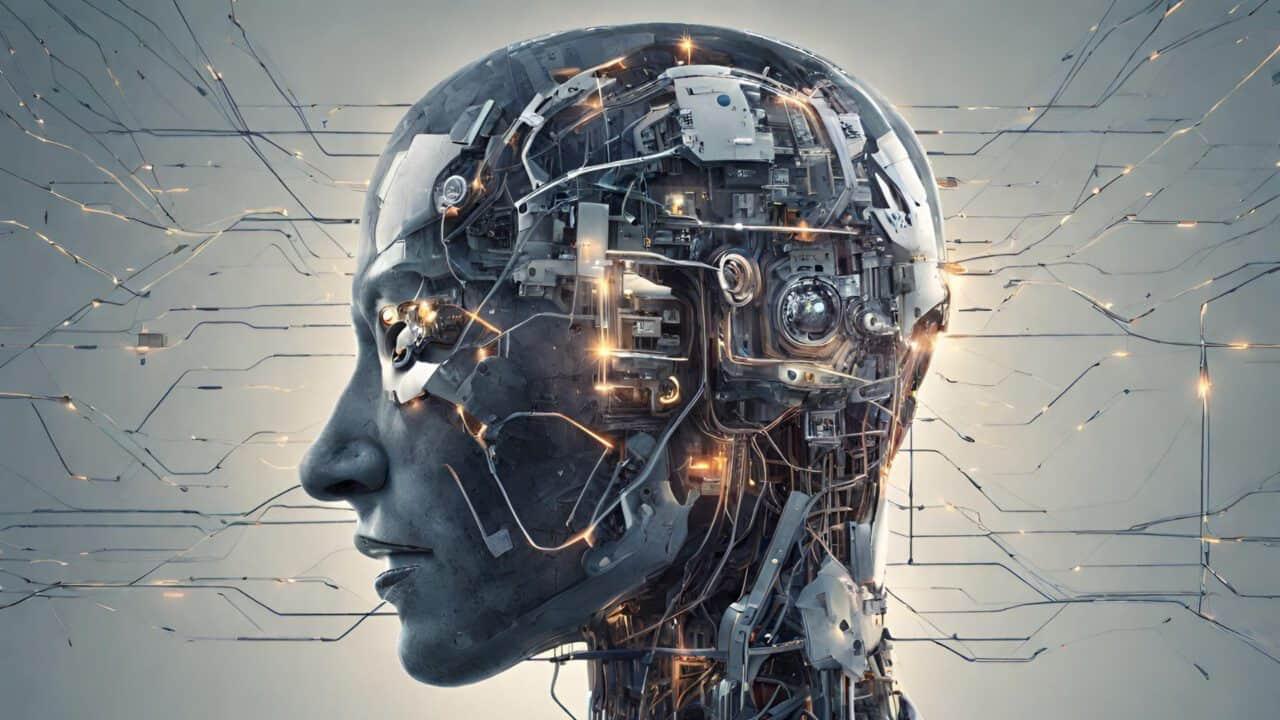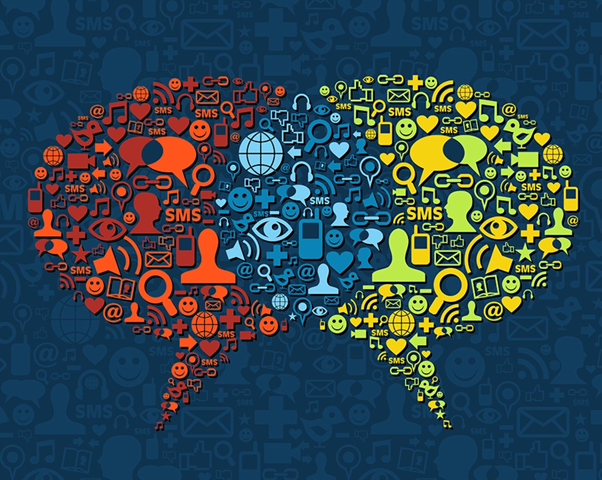The digital economy is rapidly expanding thanks to the use of new technologies that improve connectivity, enable automation, advance data analysis, and create new business opportunities.
Common technologies accelerating the digital economy include:
Artificial Intelligence. AI technologies, including generative AI, machine learning, and natural language processing, facilitate automation, data analysis, and decision-making for organizations across various sectors. Businesses can analyze massive amounts of data, improve customer experiences, automate activities, and increase operational efficiency with the help of AI-powered systems.
5G. 5G technology enables fast downloads, low latency, and a wide range of device connections. 5G offers numerous benefits, including facilitating seamless data transfer, enhancing mobile experiences, and encouraging the development of innovative applications and services.
Wi-Fi 6. Compared to previous Wi-Fi standards, Wi-Fi 6, also known as 802.11ax, offers faster data transfer rates, lower latency, and greater network efficiency. It also accommodates the growing number of connected devices and demand for high-bandwidth applications, making connections faster and more reliable, especially in congested areas.
Augmented and Virtual Reality. Augmented and virtual reality technologies are revolutionizing gaming, education, healthcare, and training by developing immersive experiences and simulations.
Blockchain. Blockchain technology enables the decentralized and secure recording and verification of transactions. It eliminates the need for intermediaries and ensures the transparency, immutability, and reliability of digital transactions. This technology is radically transforming industries, including finance, supply chain management, and healthcare.
Internet of Things. The Internet of Things is a system of sensors and networked devices used to collect and exchange data. By enabling the integration of physical objects with the digital world, this technology opens up new possibilities for automation, real-time monitoring, and data-driven insights. Smart homes, smart cities, agriculture, and industrial automation are just a few examples of areas where IoT applications improve efficiency, productivity, and convenience.
Quantum computing. Although still in its early stages, it is capable of tackling challenging problems at unprecedented speeds. It has applications in cryptography, materials science, and optimization.
Advantages of the Digital Economy
The digital economy offers numerous benefits, which have contributed to its rapid expansion and positive impact on a variety of industries:
Increased productivity. Businesses can improve their productivity and efficiency by using digital technology to automate their operations.
Lower costs. Cloud computing and digital frameworks eliminate the need for massive physical infrastructure and capital expenditures, enabling organizations to scale up and down as needed.
Wider reach. Businesses can leverage a global economy and global presence through electronic platforms and technologies, expanding their customer base and market opportunities.
Access to more data. The digital economy generates vast amounts of data that can be analyzed to extract insights, trends, and make data-driven decisions. Businesses can leverage this data to better understand their customers’ behavior, personalize their experiences, and increase the efficiency of their operations.
Greater convenience. Consumers can purchase digital goods and services from the comfort of their homes. E-commerce and mobile commerce allow customers to purchase products anytime, anywhere.
Enhanced customer experience. Businesses can provide faster and more responsive customer service through digital channels and chatbots.
Personalization. Using data analytics and artificial intelligence, businesses can personalize products, services, and marketing campaigns, ultimately improving customer satisfaction.
Disadvantages of the digital economy
Despite the many advantages offered by the digital economy, it also poses the following challenges:
Privacy and security concerns. The digital economy relies heavily on the collection and storage of personal data, which can pose issues related to data privacy and security. Events such as data breaches, cyberattacks, and unauthorized access to private records can lead to financial losses, identity theft, and various negative outcomes.
Wave of disruption. The digital economy has created new businesses and new ways of interacting. However, many companies and industries that did not, or could not, leverage technologies to transform their operations faced declining sales, diminished market share, and even total collapse. For example, Blockbuster and other content rental stores that did not adopt streaming technologies quickly enough closed their operations. The taxi industry is another example, struggling to compete for customers who find it easier to use Uber and Lyft.
Job displacement: Automation and digitization can displace some jobs, rendering some roles obsolete. Individuals may need to acquire new skills to ensure continued employment, potentially causing temporary unemployment and economic disruption.
Monopoly: The digitization of the economy has led a few large service providers, such as Apple, Amazon, and Google, to gain significant influence, leading to monopolistic conditions in certain sectors.
Digital Divide: The digital divide, which refers to the disparity between those who have access to technology and those who do not, is a significant flaw in the digital economy. This divide can lead to disparities in access to information, education, employment opportunities, and economic advancement.
Environmental Footprint. The digital economy’s use of energy in data centers and the production of electronic devices has environmental consequences, as the growing demand for digital services leads to increased carbon emissions, e-waste, and a larger environmental footprint.











